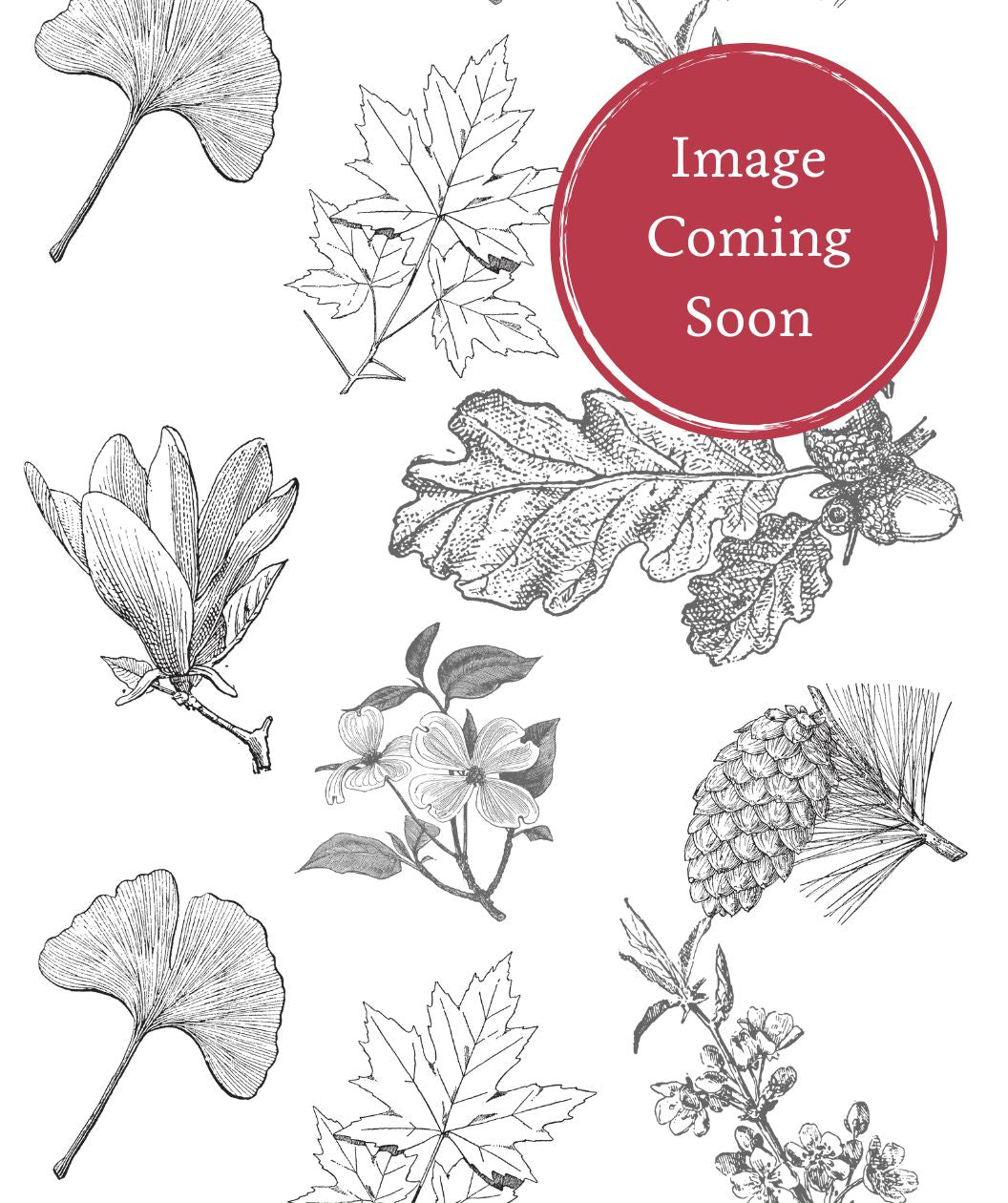A compact native tree with glowing fall color and year-round elegance
FEATURES:
- Narrow, upright form ideal for smaller landscapes
- Native tree with exceptional adaptability
- Brilliant orange-red fall color
- Smooth, gray bark adds winter interest
- Excellent choice for street trees or urban settings
- Provides habitat and cover for birds
- Ships on our trucks because of the size of the tree – does not fit in a box
Bower & Branch Landscape Design Tip
When planting Firespire® Hornbeam as a row or screen, space trees evenly to highlight their natural columnar form. Uplighting at the base enhances the smooth, gray bark, showcasing the tree’s beauty even at night.
Growth Facts
- Hardiness Zone: 4-9
- Mature Height: 25-30' tall
- Mature Width: 12-15' wide
- Exposure: Full Sun to Partial Shade
- Spacing: 10-15' apart
A compact native tree with glowing fall color and year-round elegance
FEATURES:
- Narrow, upright form ideal for smaller landscapes
- Native tree with exceptional adaptability
- Brilliant orange-red fall color
- Smooth, gray bark adds winter interest
- Excellent choice for street trees or urban settings
- Provides habitat and cover for birds
- Ships on our trucks because of the size of the tree – does not fit in a box
Bower & Branch Landscape Design Tip
When planting Firespire® Hornbeam as a row or screen, space trees evenly to highlight their natural columnar form. Uplighting at the base enhances the smooth, gray bark, showcasing the tree’s beauty even at night.
Growth Facts
- Hardiness Zone: 4-9
- Mature Height: 25-30' tall
- Mature Width: 12-15' wide
- Exposure: Full Sun to Partial Shade
- Spacing: 10-15' apart
Why plant Firespire® American Hornbeam?
How to use Firespire® American Hornbeam in the landscape?
Frequently Asked Questions
Firespire® grows in a narrow, upright form and offers brighter, more reliable orange-red fall color compared to the typical American Hornbeam.
No. It adapts to a wide range of soils, from moist to dry, and even tolerates urban conditions such as compacted soil or partial shade.
Minimal pruning is needed, but if shaping is desired, prune in late winter or early spring before new growth emerges.





